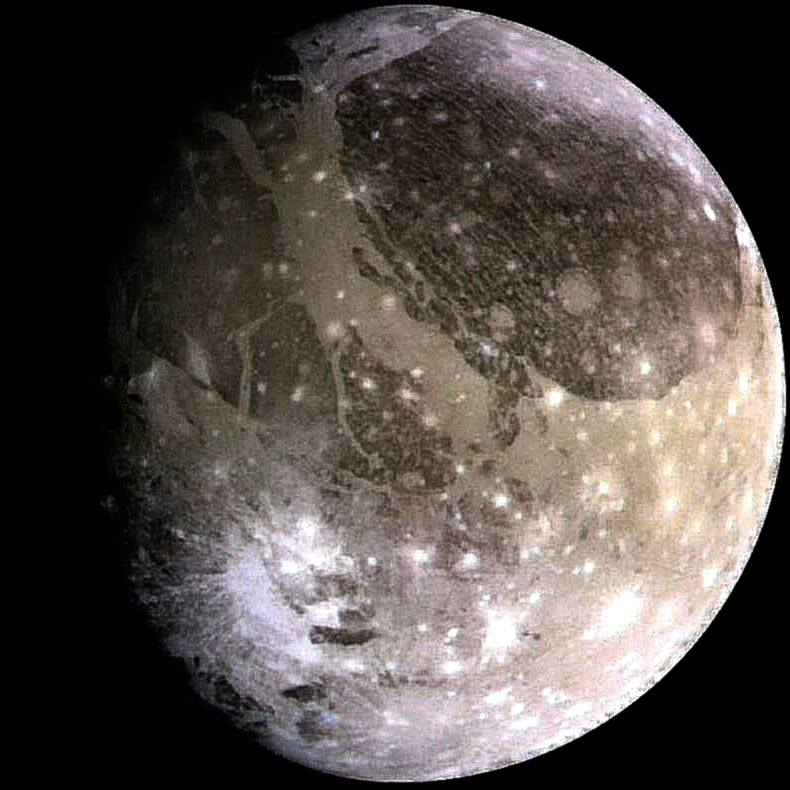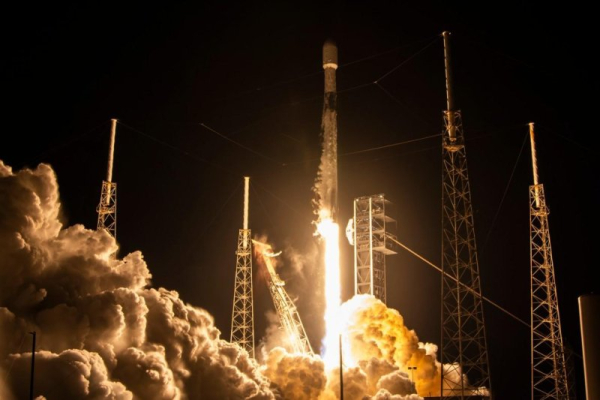June 7, 2021 will be an important date for the Juno mission. On that day, the vehicle will fly over Ganymede and will be only 1,038 km away from its icy surface. This is the closest visit of an Earth envoy to Jupiter’s satellite in the last quarter century. Before that, it was visited by the Galileo probe on May 20, 2000.
Ganymede is the largest satellite of Jupiter and any planet in the solar system. It has a diameter of 5268 km, larger than Mercury. It is also the only known satellite that has its own magnetic field (its strength is also greater than that of Mercury). In addition, scientists believe that under the surface of Ganymede there may be a vast ocean or even several oceans separated by layers of ice.
Not surprisingly, astronomers have a keen interest in this icy moon. Its study may shed light on the mechanism of formation and evolution of Jupiter’s satellite family. Ganymede is also considered one of the potential candidates for the search for extraterrestrial life. Therefore, the Juno mission team is going to seize the opportunity and collect as much data as possible during the flyby.
Juno will begin observing Ganymede three hours before it passes the point of maximum approach. The apparatus will obtain spectra of its surface, study the magnetosphere and conduct an experiment to determine the characteristics of the ionosphere. It is expected to obtain photographs of the satellite with the detail corresponding to the best images of the probes Voyager and Galileo.

Scientists will also try to assess the radiation situation in the vicinity of Ganymede. For this purpose navigation cameras used in the system of orientation of the spacecraft will be used. They have protection against radiation, but some charged particles still manage to “break through” it, which creates interference in the images. As a rule, escort team members remove such artifacts, but during the flyby they will, on the contrary, scrutinize them to assess the change in radiation levels. These data may be useful to the designers of the European probe JUICE, which will be launched to Jupiter next year.
In conclusion, it is worth noting that the original mission plan did not include visits by Juno to Jupiter’s satellites. They became possible only after the recent extension of its mission. The next close flight should be held September 29, 2022 On that day the device will visit Europa, passing at a distance of 320 km from its icy surface.





